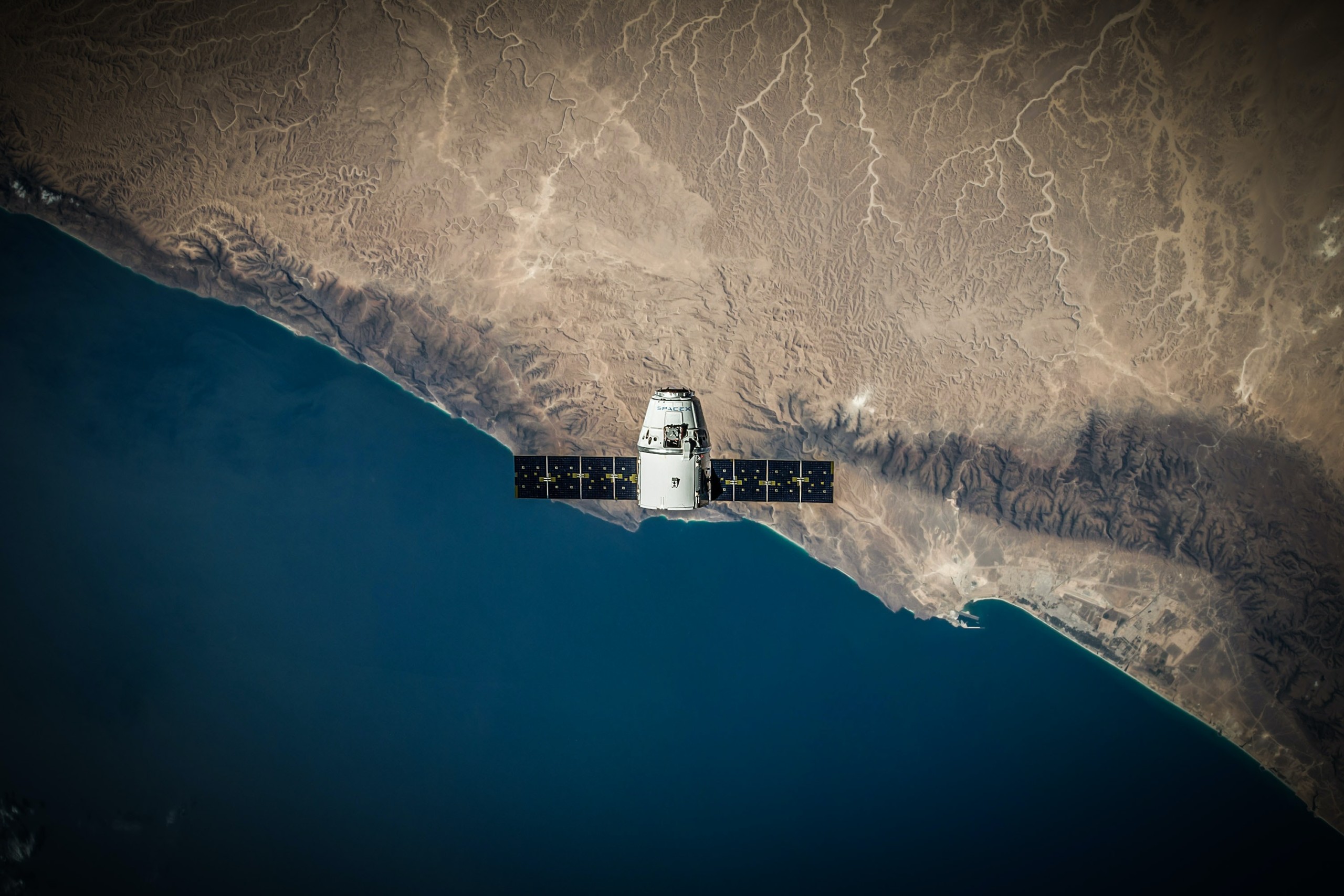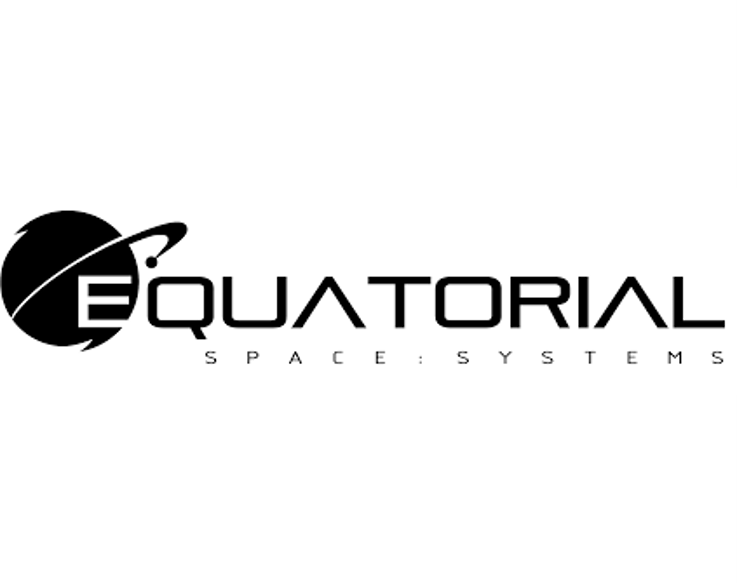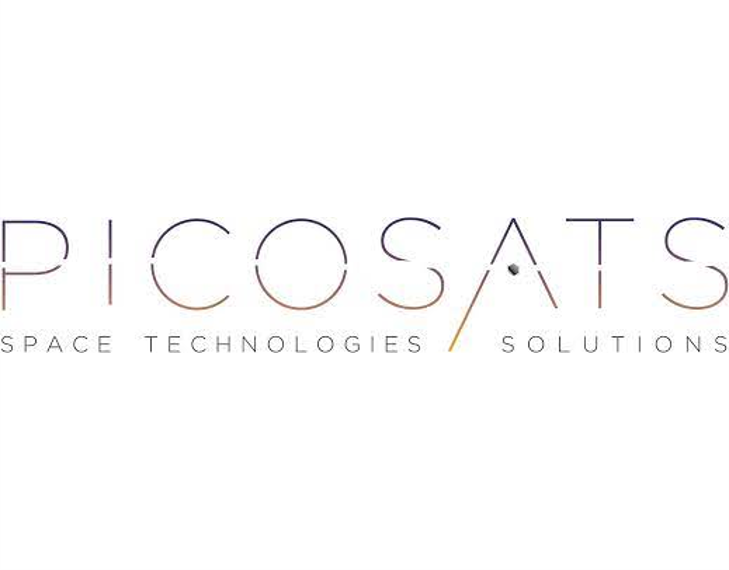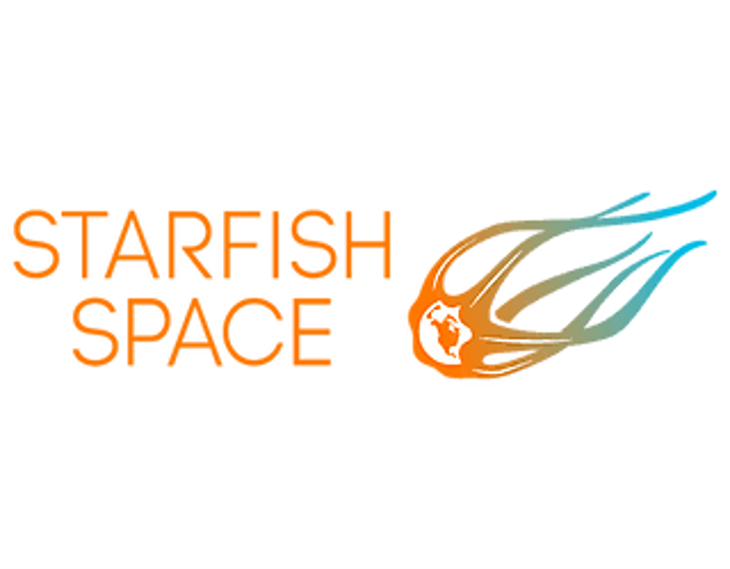123Fab #57
1 topic, 2 key figures, 3 startups to draw inspiration from

The space industry is changing. After long being dominated by governments and billion-dollar corporations, access to space is becoming increasingly affordable, allowing smaller companies to enter the market. This is due in part to advances in satellite miniaturization over the past decade, which have drastically reduced the cost of access with the mass production of satellites. While nanosatellites (satellites weighing between 1 and 10kg) have been in use since the late 1990s, the number of launches has exploded in recent years: twice as many nanosatellites have been launched in the last 3 years as in the previous 15 years. This is because their production cost is a fraction of that of their heavier counterparts and they are much faster to build.
Startups are embarking on the development of nanosatellites. For example, German Orbital System builds CubeSats, classic nanosatellites in the form of a 10-centimeter large cube. They contain tailor-made equipment, from solar panels to data transmitters to sensors and cameras, to accommodate as many missions as possible. Picosats provides 3D-printed plastic CubeSats that are lighter than the commonly used aluminum. More than just saving weight for launch, the plastic melts when the satellite reaches its end life and re-enters the atmosphere, reducing the number of space debris left in the atmosphere. Alba Orbital is currently working on PocketQube, a picosatellite (weighing less than a kilo) with performances close to those of CubeSat. This miniaturization step could be a game-changer for reducing the cost of space exploration, because the more satellites a launch vehicle can hold, the lower the price per satellite launch.
Along with these size improvements, some startups have been working to develop affordable launchers for these small satellites. Equatorial Space Systems offers small-size launchers that can carry 3 CubeSats up to 4 km into space. Their rockets use a hybrid propulsion technology that allows them to reduce the cost of the launch. While this solution is more suitable for academic or small-size projects, they are also working on a 17-meter high launch vehicle that could carry more than 150kg anywhere in the Low Earth Orbit (up to 2,000 km from the earth) from their oceanic platform. Beyond Earth, on the other hand, offer a mobile satellite launcher that can carry a 30kg payload up to 400km from earth. Rather than launching the satellite from one launch site owned by them, their launchers are sent by shipping containers to their client’s launchpad anywhere on earth. These large-size launchers are often used to “rideshare” small satellites, such as Starlink’s 143 satellite launch last January to lower the overall launch cost per object. Aphelion Aerospace also offers launch vehicles for nanosatellites using environmentally friendly propellants as well as CubeSats manufacturing to be launched in their rockets.
The growing number of satellite missions in Low Earth Orbit (LOE) is making this part of space cluttered with satellites and debris. In space, even the smallest collision with an object can have colossal repercussions, and as more objects enter space, the likelihood of a collision increases. But some startups are trying to tackle this problem. Altius Space Machines is minimizing the number of debris by improving the life of satellites. Indeed, it specializes in on-orbit inspection and repair services to other satellites, as well as refueling, upgrades, or assistance in leaving LOE at the end of their mission. Starfish Space is pursuing the same goals and building autonomous space tugs for satellite servicing missions to extend their life expectancy and actively remove debris from space to avoid pollution and reduce the risk of collision.
As the number of satellite internet megaconstellations continues to grow (SpaceX’s Starlink projected 42,000 satellites, 2,000 satellites in OneWeb’s constellation, and more than 3 000 for Amazon’s Kuiper’s), concerns about the Kessler syndrome are rising. Thus, solutions to reduce space debris are expected to become increasingly popular, as evidenced by Swiss startup ClearSpace with its collaboration with the European Space Agency on the world’s first space debris removal mission that will begin in 2025.
2 Key Figures
500 NewSpace startups
registered by Traxcn since 2015
The space industry market is expected to reach $558bn by 2026
The global space industry market was estimated at $360 million in 2018 and is expected to reach $558 billion by 2026, at a CAGR of 5.6%
3 startups to draw inspiration from
This week, we identified three startups that we can draw inspiration from: Equatorial Space Systems, Picosats, and Starfish Space.

Equatorial Space Systems
Equatorial Space Systems developed a hybrid rocket propulsion system intended to make orbital launch better and effective. The company’s propulsion system uses a combination of liquid oxidizer and solid fuel to reduce the cost and risk of spaceflight, enabling space organizations to launch space vehicles for planetary or space missions safely and affordably.

Picosats
Founded in 2014 in Italy, Picosats developed telecommunication systems for CubeSats. The company engages in the research and development of telecommunication systems allowing space-based communication services. Picosat also builds 3D printed CubeSats, lowering the amount of debris left at the end of their mission.

Starfish Space
The Washington-based startup was founded in 2018 and developed an orbital transportation infrastructure designed to provide in-space transportation and maintenance service. The company’s proximity operations software uses a combination of breakthrough orbital mechanics and a low-thrust electric propulsion system, enabling satellite companies to relocate, deorbit and extend the life of satellites.
Interested in a startup landscape or in an insights report?
Please fill out our contact form so that we can get back to you very quickly with our product offer.
Want to subscribe to our 123Fab?
Fill out our form to receive the latest insights into your inbox.
